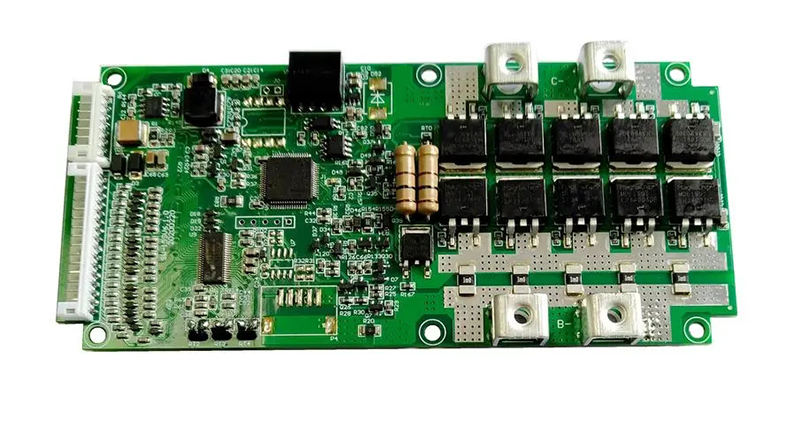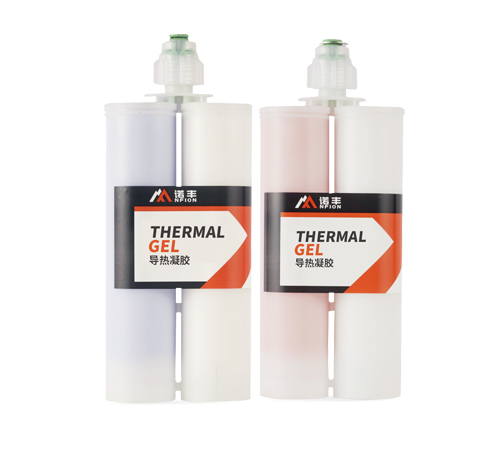
What is btms?
BTMS, standing for Battery Thermal Management System, is a dedicated system designed to regulate the temperature of battery packs or battery arrays with the aim of ensuring that batteries operate within an optimal temperature range. This is crucial for preserving battery performance, extending service life, mitigating safety risks, and optimizing overall energy efficiency of the battery system.
Components:
1.Temperature Sensors: Such as thermistors, NTCs, PTCs, etc., used for real-time monitoring of temperatures in individual battery cells, modules, or the entire battery pack.
2.Controller: Receives and processes sensor data, generating control instructions based on predetermined strategies or algorithms.
3.Cooling/Heating Devices:
Cooling Systems: e.g., liquid cooling systems (utilizing coolant circulation to absorb battery heat), air-cooling systems (employing fans to force air flow for heat dissipation), phase change materials (using material's heat absorption during melting or solidification to regulate temperature).
Heating Systems: e.g., PTC heating pads, resistive wire heating, heat pumps, which supply additional heat to the battery to counteract low temperatures impacting battery performance.
Heat Exchangers (common in liquid cooling systems): Facilitate heat exchange between the coolant and the battery pack.
Pump/Fan Controllers: Drive coolant circulation pumps, fans, and other equipment, regulating cooling/heating power.
Valves/Flow Control Valves (common in liquid cooling systems): Adjust coolant flow rate to optimize cooling effectiveness.
Principles of Operation and Functions:
1.Temperature Monitoring: Continuously gathers temperature data via sensors distributed within or on the surface of the battery pack, providing real-time insight into battery temperature distribution and variations.
2.Data Analysis & Control Decision-making:
Strategy Selection: Based on observed temperature data, battery conditions (e.g., charging/discharging state, SOC, SOH), and environmental factors (e.g., ambient temperature, humidity, wind speed), selects the appropriate cooling/heating strategy.
Control Instruction Generation: The controller computes control parameters such as coolant flow rate, fan speed, and heating power according to the chosen strategy, issuing corresponding control instructions.
3.Cooling/Heating Execution:
Cooling Operation: When battery temperature exceeds a set threshold, activates cooling equipment (e.g., turning on fans, circulating coolant) to transfer heat generated by the battery to a cooling medium (air, coolant, etc.), which then dissipates the heat to the environment via radiators, ducts, or other heat rejection facilities.
Heating Operation: In cold environments, initiates heating devices to provide warmth to the battery, elevating its temperature to an appropriate operating range, thereby improving charging and discharging performance.
4.Fault Detection & Protection: Monitors the operational status of cooling/heating equipment (e.g., pump/fan failures, coolant leaks, heating element malfunctions), triggering immediate alarms upon detection of faults and, when necessary, implementing protective measures such as disconnecting the battery's charge/discharge circuit to prevent thermal runaway risks.
5.Energy Management & Optimization: While ensuring effective temperature control, strives to minimize cooling/heating energy consumption, e.g., by optimizing control strategies, employing energy-efficient equipment, or recovering waste heat to enhance overall efficiency.
6.Interoperation with BMS: BTMS typically works closely with the BMS (Battery Management System), receiving battery status information from the BMS and reporting temperature control status back to it. Together, they jointly achieve comprehensive management and optimization of the battery system.
In summary, the BTMS monitors battery temperatures in real-time, controls cooling and heating devices according to predetermined strategies or algorithms, ensuring that batteries operate within the desired temperature range. By doing so, it safeguards battery performance, extends battery life, prevents safety hazards, and optimizes system energy efficiency. Collaborating with the BMS, the BTMS forms an integral part of the comprehensive management framework for battery systems.

 CN >
CN >



